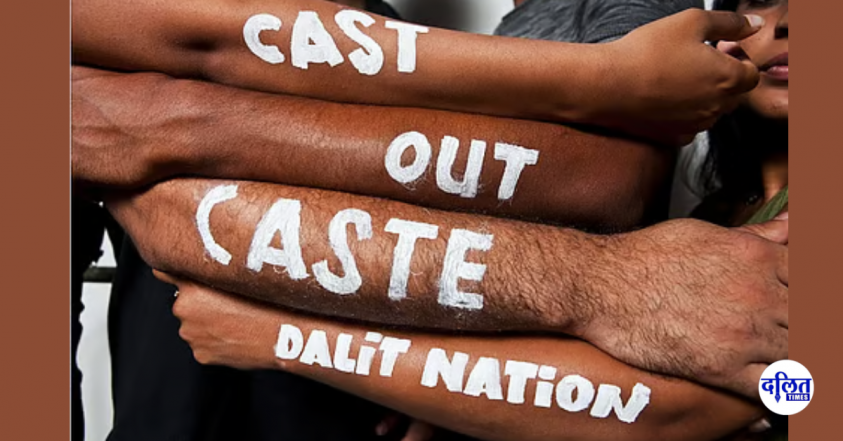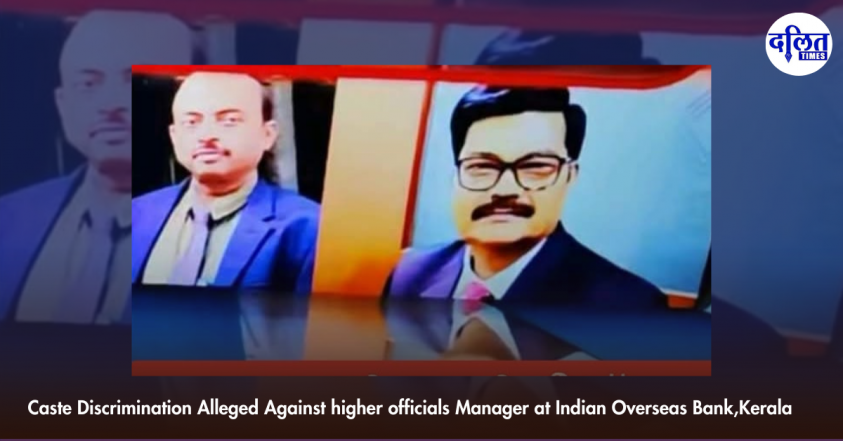Nilesh Rathod, a Dalit youth from Jakhariya village in Gujarat’s Surendranagar district, on 16th May 2025, succumbed to injuries inflicted by a group of dominant caste men, including individuals from the Bharwad community. His murder was not a spontaneous outburst of violence—it was a chilling reaffirmation of caste supremacy. Nilesh’s death is not an aberration; it is part of a relentless, systemic pattern of caste-based atrocities that continues unabated in Gujarat and across India.
Nine individuals have reportedly been arrested in connection with the killing. Yet these arrests, while offering a semblance of response, do little to address the deeper structural rot. Why was Nilesh vulnerable to such brutality in the first place? What social and institutional conditions allowed this atrocity to unfold?
Caste Atrocity Disguised as Local Conflict
Police and media narratives routinely sanitize such crimes, reducing them to petty disputes or interpersonal clashes. But for Bahujans—particularly Dalits—this violence is caste violence. Each such incident is inseparable from a long history of landlessness, untouchability, systemic exclusion, and political invisibility. Nilesh was not just a victim of violence; he was punished for asserting dignity in a casteist society that polices Dalit existence.
In villages like Jakhariya, caste hierarchy isn’t just a social reality—it is a violent, visible order. Dominant caste groups exercise control over public spaces, economic resources, and bodily autonomy, especially of Dalits and Adivasis. Whenever Dalit youth like Nilesh challenge this dominance—by refusing to accept humiliation or asserting their constitutional rights—they are met with deadly backlash.
Gujarat’s Grim Legacy
Gujarat, often hailed as a “model state,” has a shameful record of failing its Dalit population. In 2023 alone, over 1,300 cases were registered under the SC/ST (Prevention of Atrocities) Act in the state. Yet convictions remain rare. Justice is not only delayed—it is denied, deflected, and deformed by institutional casteism.
Also Read: Justice for a Tribal Woman Brutally Murdered in Khandwa Must Be More Than a Postmortem Report
The murder of Nilesh echoes other atrocities: the flogging of Dalit men in Una (2016), the self-immolation of Bhanubhai Vankar (2018), and the killing of Pravin Meghwal (2022). Public outrage briefly ignites, but systemic accountability never follows. Dalit lives continue to be expendable in a state machinery calibrated to protect caste privilege.
Political Leaders and Dalit organizations Demand for Justice
Dalit leader and Congress MLA Jignesh Mevani, in a show of solidarity and political assertion, met Nilesh Rathod’s grieving family and announced that they would not claim his body until key demands were met. These include government jobs or four acres of land for each of the four victims’ families, the immediate arrest of all those involved, and the invocation of the Gujarat Control of Terrorism and Organised Crime (GUJCTOC) Act against the accused.
“The accused must be booked under GUJCTOC, and a public prosecutor of the family’s choice must be appointed. If our demands are not met, the family will not claim Rathod’s body,” Mevani stated.
This refusal to accept the body is not just a protest—it is an act of resistance against a system that too often buries Dalit lives without justice, without memory, and without consequence.
National Outrage and Solidarity
The All India Independent Scheduled Castes Association (AIISCA) also issued a strong condemnation of Nilesh Rathod’s brutal murder. Dr. Rahul Sonpimple, President of AIISCA, highlighted the chilling caste logic behind the crime:
“His only ‘crime’ was addressing a minor boy from a so-called ‘upper’ caste as ‘beta’—a simple act of human affection that provoked violent retaliation rooted in casteist mentality.”
This statement underscores the everyday indignities Dalits face, where even the language of kinship becomes intolerable to caste supremacists. In a society where asserting basic humanity invites mortal danger, Nilesh’s death is a grim reminder of how deeply entrenched caste hatred remains in India’s social fabric.
Also Read: Justice Beyond Barriers: Nagarathna’s Rise to the Heart of Judicial Power
Legal and Moral Urgency
Under the SC/ST (Prevention of Atrocities) Act, 1989 (amended in 2015), Nilesh’s murder is a clear-cut case of atrocity—demanding immediate arrest of perpetrators, protection and compensation for the victim’s family, and time-bound prosecution through a special court.
But laws are meaningless when the police, prosecution, and even judiciary operate with implicit or explicit caste bias. The families of victims like Nilesh are not merely grieving—they are resisting. They face threats, social boycott, police inaction, and silence from those in power.
The Gujarat government must ensure:
- A time-bound trial before a designated special court;
- Immediate protection and compensation to Nilesh’s family as mandated by law;
- Accountability for police officials who failed to act or attempted to dilute the case;
- A public and political reckoning to end the culture of caste impunity.
A Call to Remember and Resist
Nilesh Rathod’s name must not vanish into the long ledger of forgotten Dalit victims. He must be remembered. His death must provoke not just sorrow but a renewed, collective commitment to annihilating caste.
The demand is not just for justice in one case—it is for transformation. Because until caste violence is confronted as the national emergency it is, Dalit and Bahujan lives will remain at the mercy of dominant caste hatred and state indifference.



